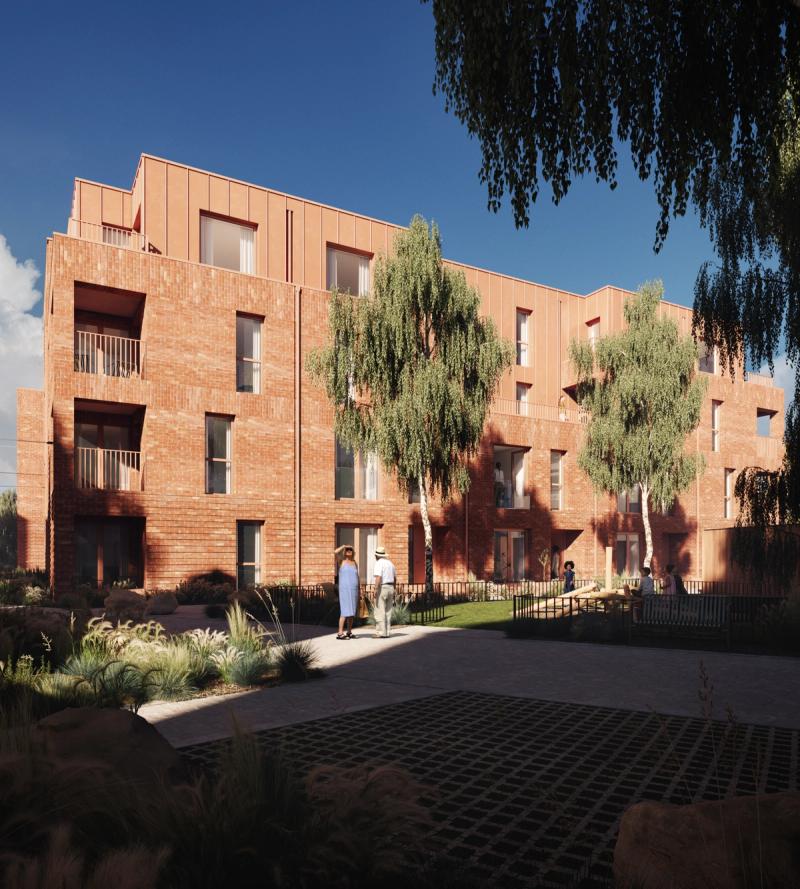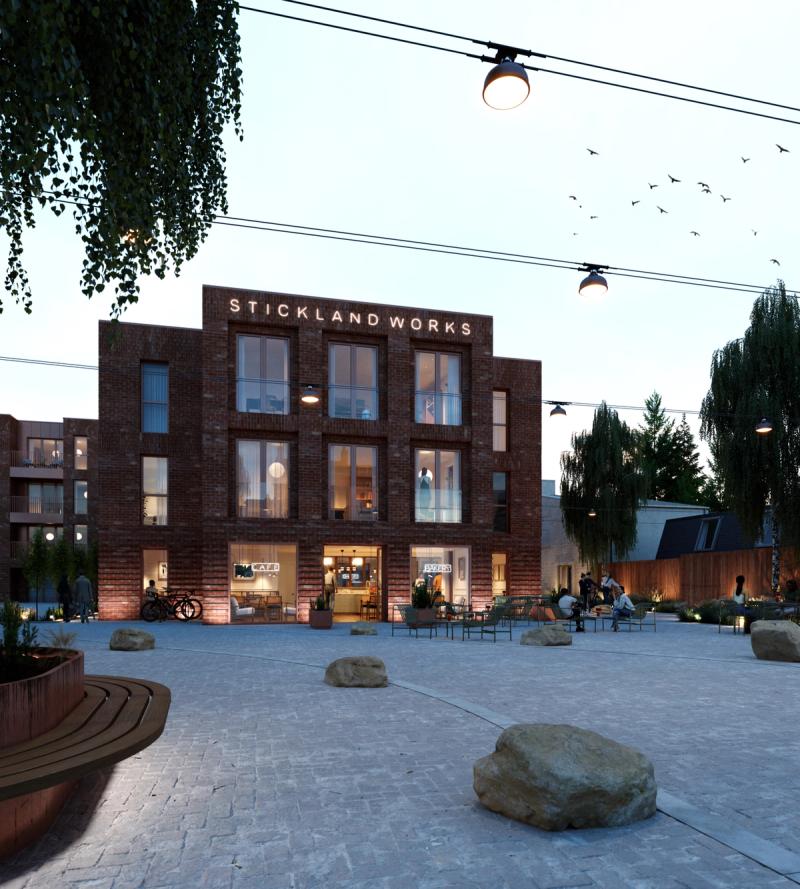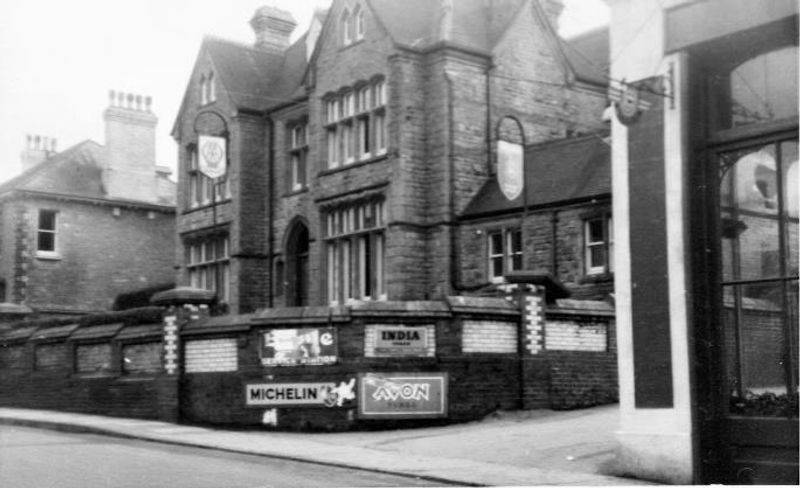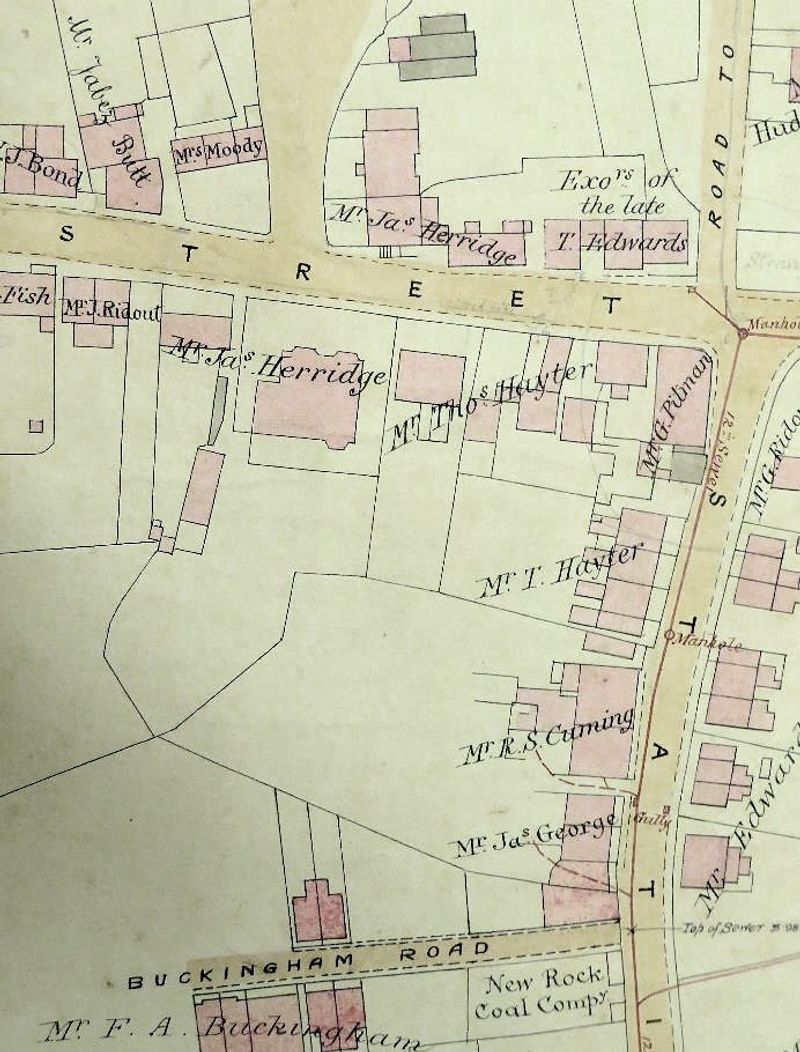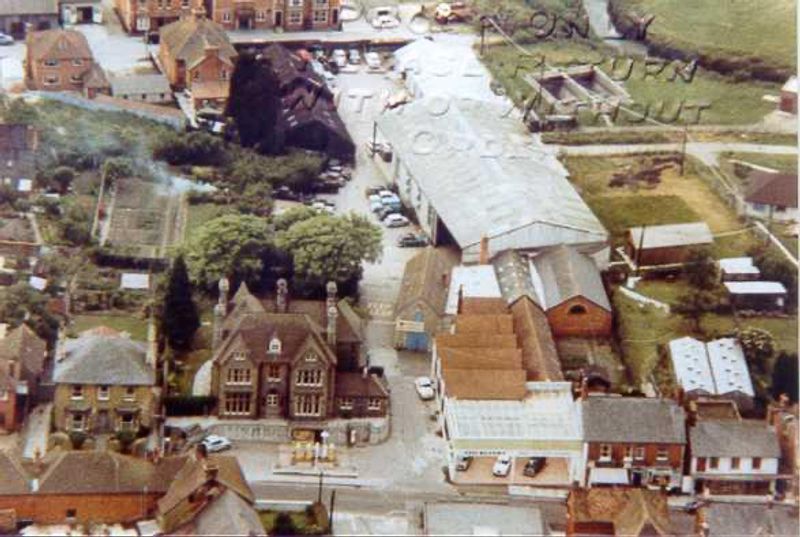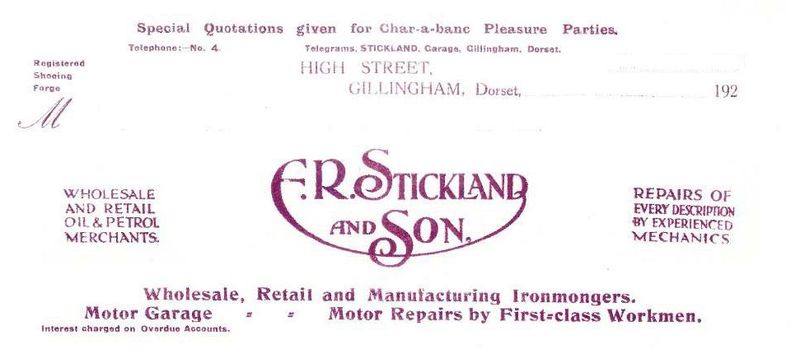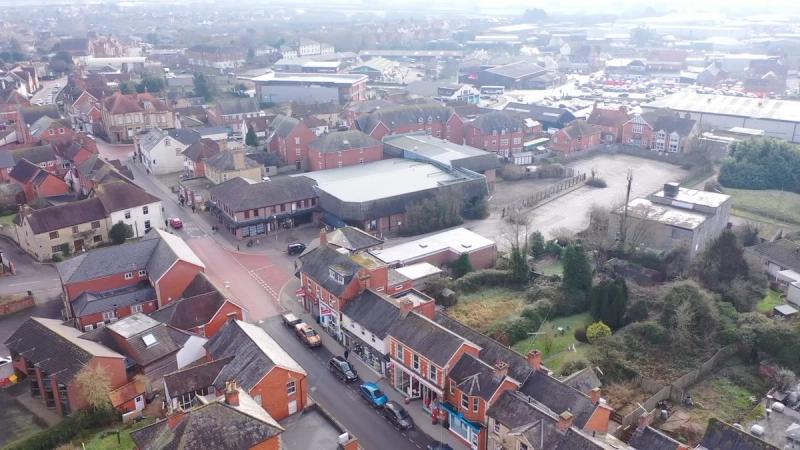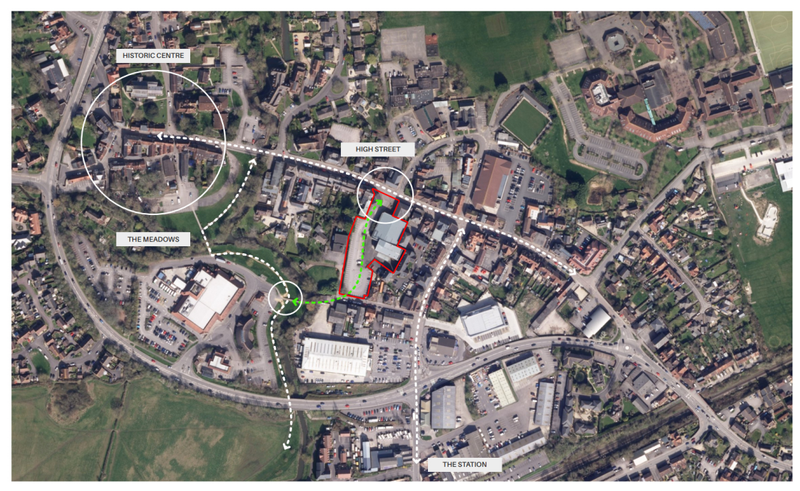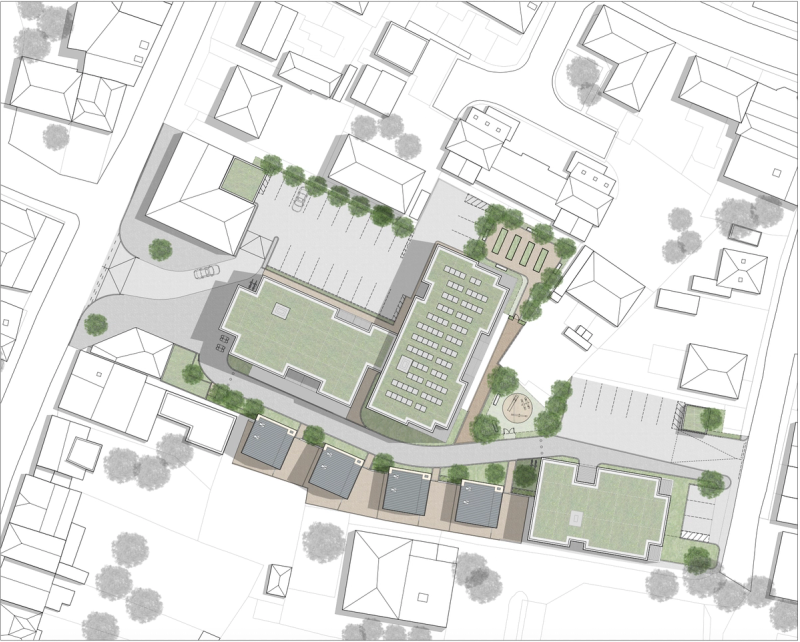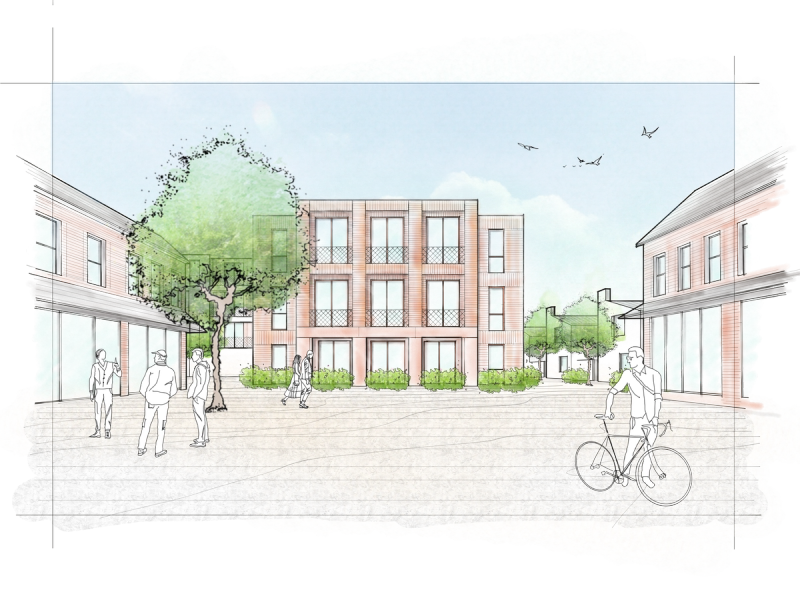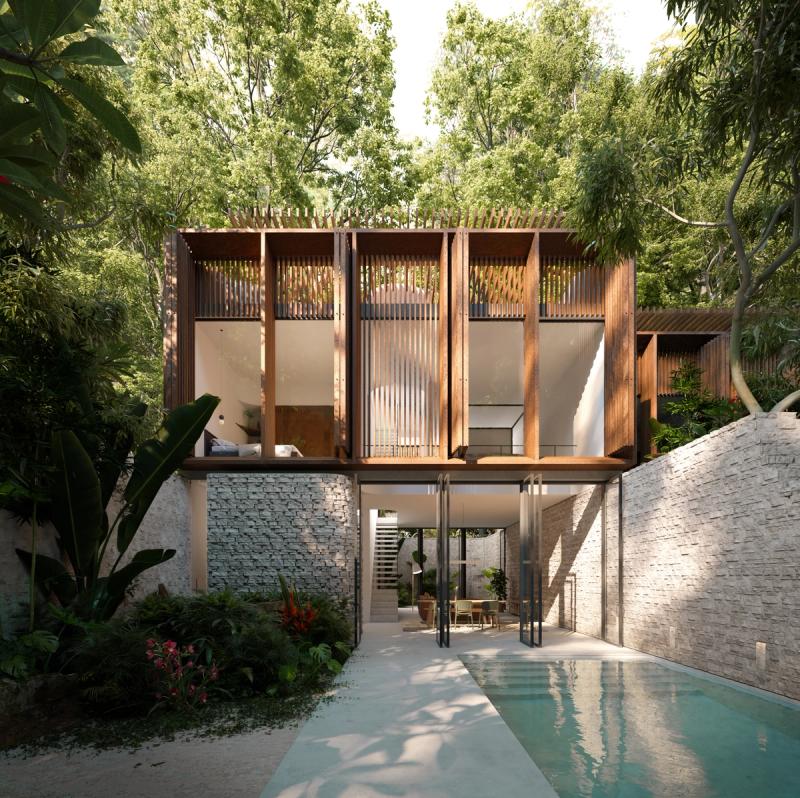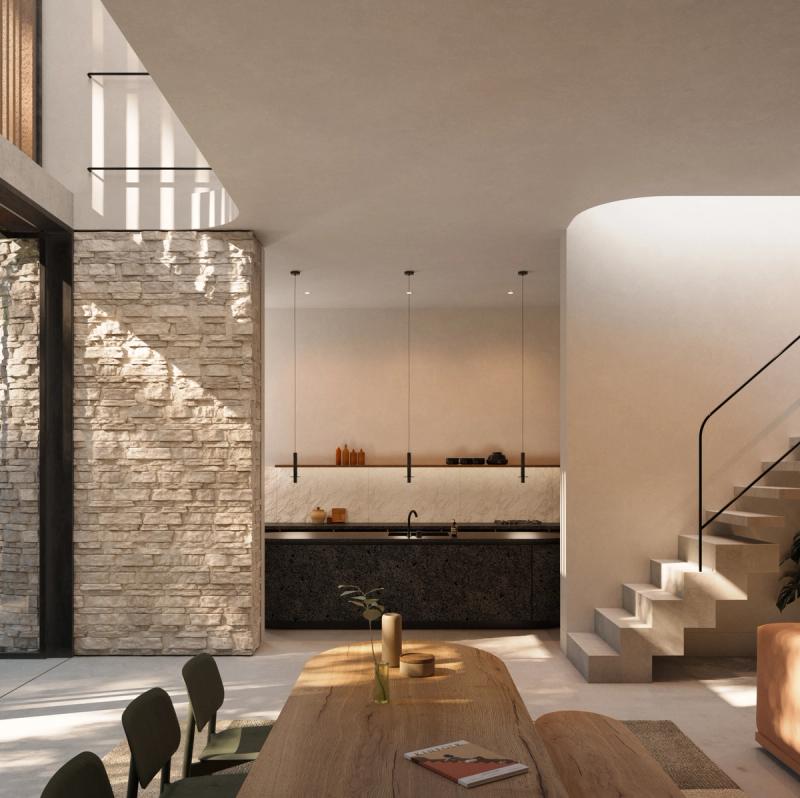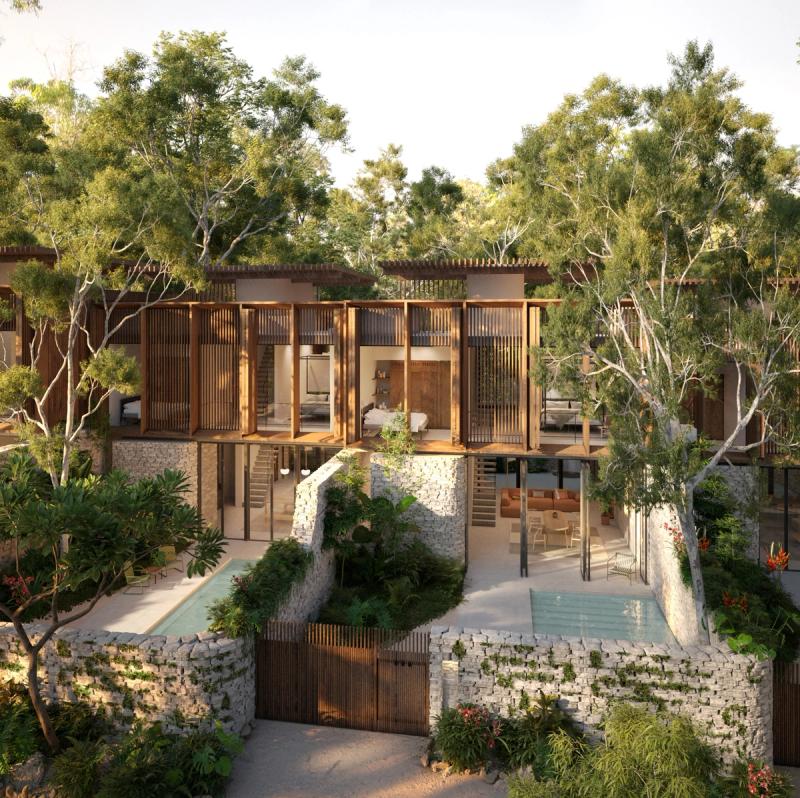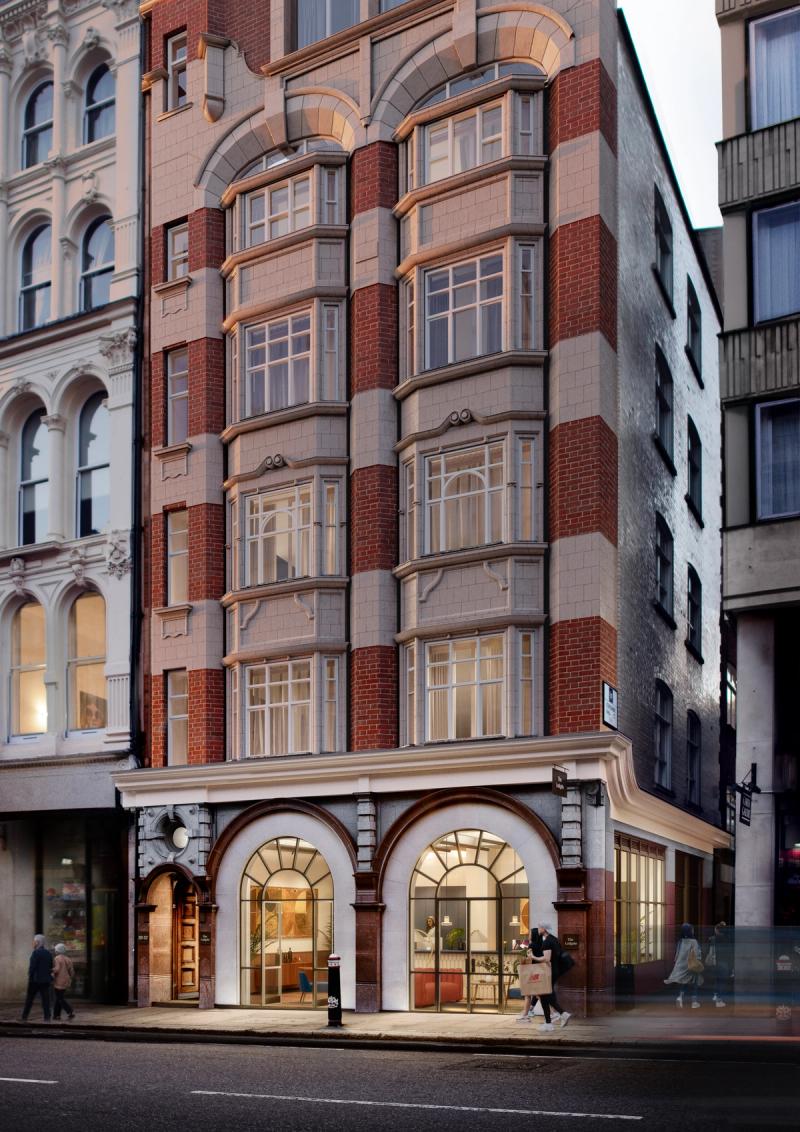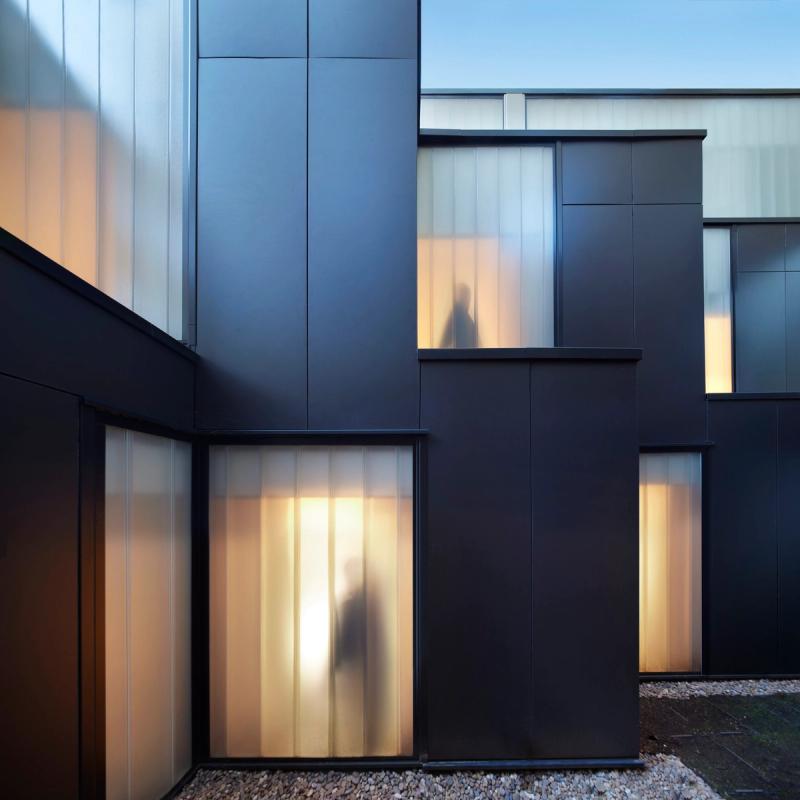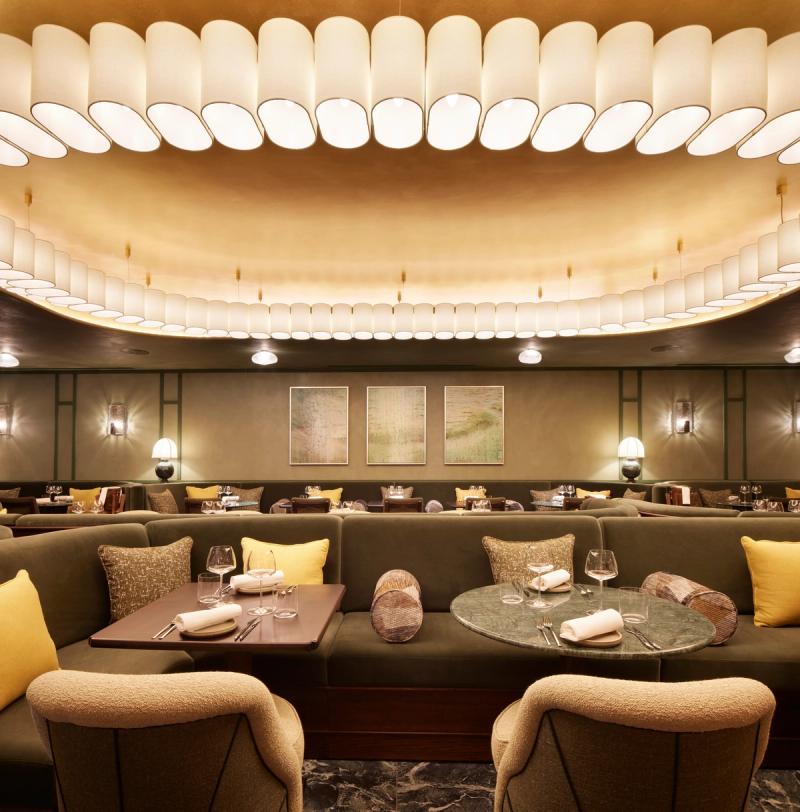Chantry Mews is a 42-home residential-led sustainable development in the heart of Gillingham, Dorset, for Hopkins Estates.
The project has been conceived to set a new, sustainable precedent for development in the region by creating a new neighbourhood that promotes environmental sustainability, social cohesion, and a sense of community. A play park, allotments, planted borders, trees, and green roofs will flank the new route, ensuring that approximately a third of the entire site is dedicated to green space to inspire a greener way of living.
The scheme was granted planning permission in Summer 2024.
